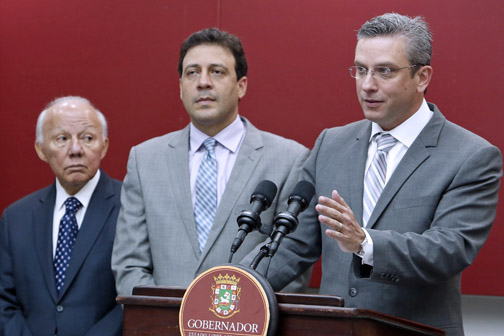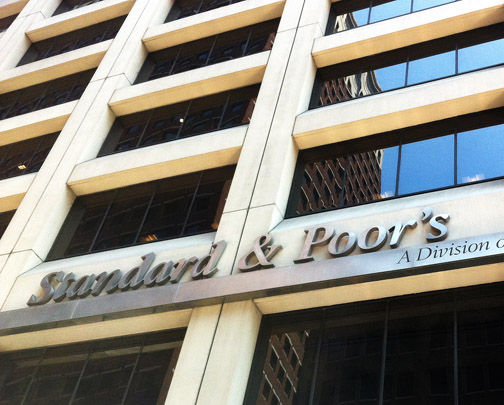Moody’s: Puerto Rico facing greater odds of defaulting


Puerto Rico’s five-year EDF measure currently maps to Caa2 on the Moody’s Investors Service rating scale; its one-year EDF measure, at 3.05%, to Caa3. Both metrics exceed those of all U.S. states and all sovereign entities in its data set except Argentina.
Puerto Rico is facing better odds of defaulting on its debt, Moody’s Analytics said Monday, adding that fiscal problems, high unemployment rate and a shrinking population are fueling the problem.
Furthermore, the New York-based analysis firm said the island’s tough fiscal scenario is bested only by Argentina’s when looking across the region.
The commonwealth’s five-year cumulative “Expected Default Frequency,” or EDF, credit measure, rose from 10.42 percent in early September to 15.65 at present. Puerto Rico’s five-year EDF measure currently maps to Caa2 on the Moody’s Investors Service rating scale; its one-year EDF measure, at 3.05 percent, to Caa3, the agency said.
“Investors have become increasingly pessimistic about Puerto Rico’s underlying problems. The island has a far higher unemployment rate than any U.S. state,” Moody’s said.
“The lack of employment prospects is leading many Puerto Ricans to move to the United States mainland. The result for Puerto Rico is a shrinking population and a shrinking economy. Its government’s indebtedness, meanwhile, has increased rapidly in recent years,” it further noted.
In its assessment, Moody’s mentioned that Puerto Rico’s population has declined from more than 3.8 million in 2006 to less than 3.7 million in 2012, according to its Précis State study dated Oct. 11.
It also looked at the island’s Economic Activity Index, which has been on a downward spiral, from 142.1 in January 2009 to 123.8 in August 2013, according to Government Development Bank data.
Meanwhile, it also pointed out that Puerto Rico’s net tax-supported debt has increased from $35.2 billion in 2008 to $53 billion in 2012, according to a recent Credit Focus by Moody’s Investors Service.
Over the same period, according to Moody’s, net tax-supported debt as a percentage of personal income increased from 66.3 percent to 88.9 percent.
On Oct. 3, Moody’s Investors Service downgraded the Puerto Rico Sales Tax Financing Corporation’s (known as COFINA in Spanish) senior lien bond rating from Aa3 to A2. Moody’s simultaneously affirmed the A3 junior lien bond rating and the Commonwealth’s Baa3 General Obligation bond rating and negative outlook.
“There is some anecdotal indication that tax-exempt mutual funds have been net sellers recently of Puerto Rican debt. However, the fact that Puerto Rico continues to be rated investment grade has prevented forced selling by those investors who are obligated by their indentures to hold only investment-grade debt,” Moody’s noted.
“Recent credit spread widening of Puerto Rico’s debt, which mirrors that of its credit default swaps and EDF measures, has prompted the Commonwealth to postpone some of its intended refinancing plans,” Moody’s said.
In a mid-October investor presentation, the GDB said it is sufficiently liquid to postpone the sale of $1.2 billion in sales-tax bonds it had hoped to sell by year-end.
“Market prices on Puerto Rico’s debt rose on the news. Given the lack of favorable fundamental prospects, we would take advantage of the recent price increase and reduce credit exposure to the Commonwealth by selling its longer-dated General Obligation issues,” Moody’s concluded.










